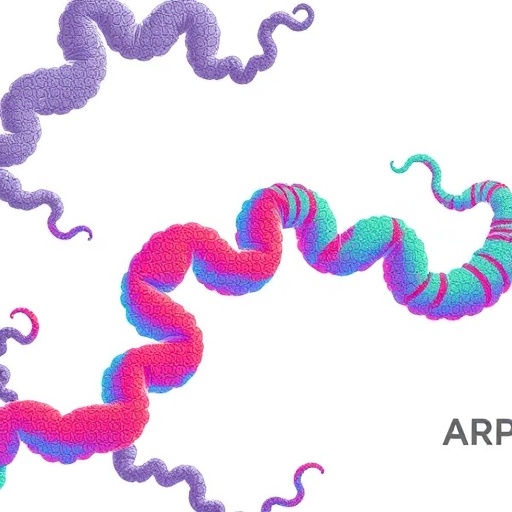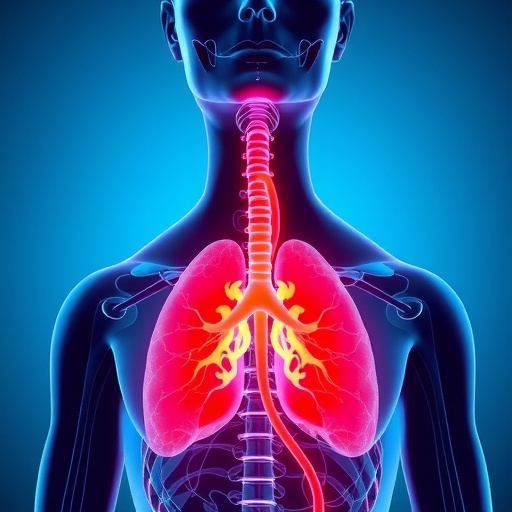A new study from the University of Southern California could pave the way for improving personalised lung cancer care and treatment. The research used mathematical modelling to examine if there was a link between the molecular and anatomical properties of lung cancer metastases, and whether this has an influence on how they spread through the body.
The team's findings, published today in the journal Convergent Science Physical Oncology, show a pattern in some patients with non-small cell lung cancer who develop lung metastases, which then in turn spread to the brain.
Tumour spread in lung cancer typically involves the opposite lung, as well as the liver, bone, brain and lymph nodes. This is a seemingly random process, which has not yet been well quantified.
However, lung cancer is not primarily defined by its pattern of anatomical distribution. Instead, subsets of this disease are more commonly defined by oncogenic drivers such as EGFR (epidermal growth factor receptor), ALK (anaplastic lymphoma kinase), and ROS1 (ROS1 proto-oncogene receptor tyrosine kinase). These driver mutations are both clinically predictive and prognostic, as these subtypes respond to targeted therapeutic agents.
Co-author Professor Peter Kuhn, from USC, said: "We used a retrospective database of 664 patients with non-small cell lung cancer, and employed Markov mathematical modelling to assess metastatic sites in a spatiotemporal manner, through every time point in the progression of disease. Lead author Dr. Gino K. In, from USC, said: "Our results showed that there was a preferential pattern of primary lung disease progressing through lung metastases to the brain among non-small cell lung cancer with EGFR exon 19 deletions and exon 21 L858R mutations. In these cases, the brain could be classified as an anatomical sponge, with a higher ratio of incoming to outgoing tumour spread.
"In patients with EGFR wild type, however, we found a propensity for the tumours to spread from the lungs to bone."
Senior author Dr Jorge Nieva, from USC, said: "Current guidelines for non-small cell lung cancer, such as those from the National Cancer Comprehensive Network (NCCN) do not differentiate by EGFR mutation status, with respect to the frequency and timing of brain imaging, yet brain tumours are a significant cause of mortality and morbidity for patients with EGFR exon 19 and 21 aberrations.
"If the presence of these EGFR mutations, particularly in the setting of progressive lung disease, points to increased risk of brain metastases, these patients may benefit from intensified CNS specific imaging. Multi-modality strategies to treat limited metastatic disease and limited relapse have shown the potential to improve survival in advanced disease, and may directly impact the biology of EGFR exon 19 and 21 mutation harbouring lung cancer when combined with targeted therapy."
Professor Kuhn said: "Our results indicate that the molecular and anatomical characterisations of metastatic cancer are inherently connected. Further investigation is needed to reveal the underlying mechanism of these anatomic differences in metastatic progression. Doing so may have predictive and prognostic use in the management of personalized lung cancer.
"Additionally, while there are currently no standard tools for predicting metastatic spread, we anticipate that Markov modelling could provide a vehicle for driving this approach forward in personalized lung cancer care."
###
Media Contact
Simon Davies
[email protected]
44-011-793-01110
@IOPPublishing
http://dx.doi.org/10.1088/2057-1739/aa7a8d





